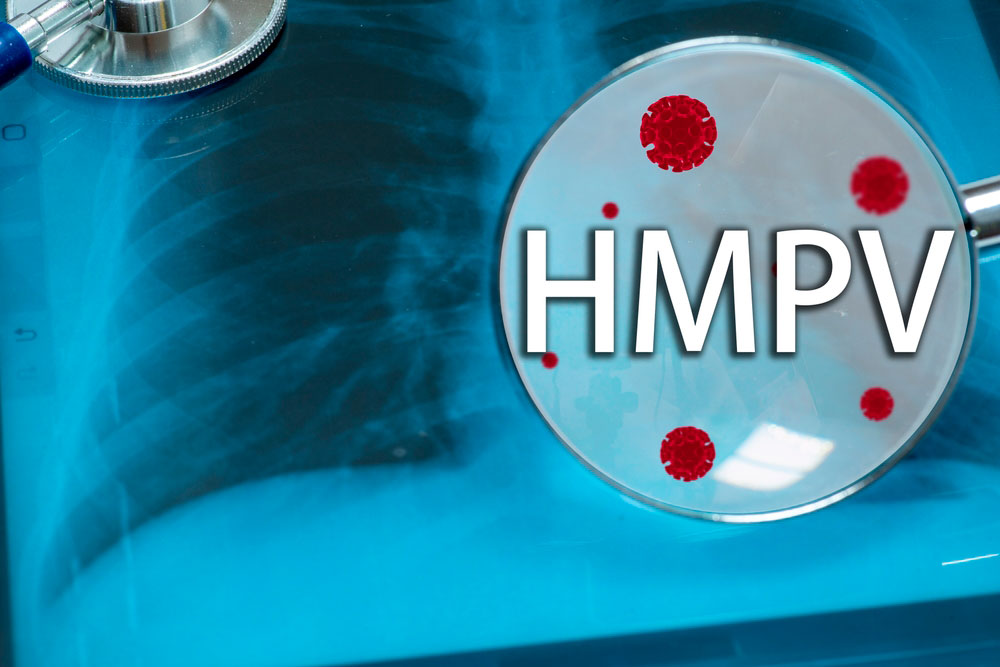When we stand up after sitting on the sofa or lying in bed for a while, especially if we do it abruptly, we can feel a slight dizziness or lightheadedness that could be due to orthostatic or postural hypotension, a sudden drop in blood pressure. Most people have experienced this sensation at some time in their life, but if it recurs frequently it could indicate a health problem.
Orthostatic hypotension is defined as a decrease in systolic blood pressure (BP) of more than 20 mm Hg, or in diastolic BP of more than 10 mm Hg, in the first three minutes after standing up with respect to the values recorded in supine position (lying face up).
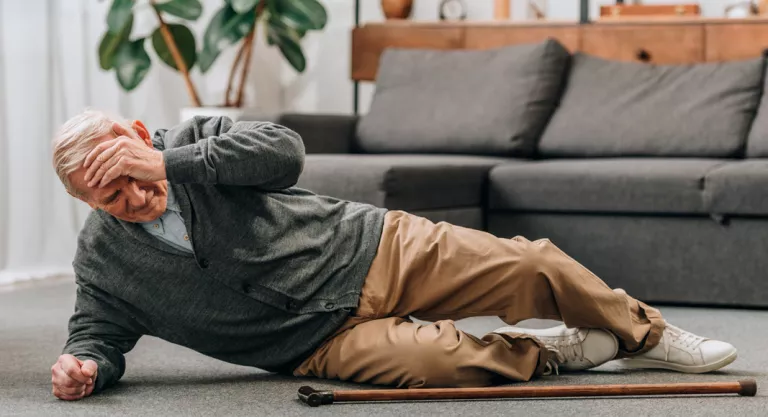
When it occurs occasionally and can be attributed to reasons such as dehydration, or having been sitting or lying down for a long time, it is usually not important, but chronic orthostatic hypotension can be a warning sign. We explain its main causes and symptoms, how you can prevent the appearance of these dizziness and in which cases it is necessary to consult a doctor.
Causes and symptoms of orthostatic hypotension
When we stand up, blood accumulates in the legs and abdomen as a result of gravity, and having less blood circulating to the heart reduces blood pressure. Some conditions make it more difficult for the body to counteract low blood pressure, and this is when orthostatic hypotension occurs. Among the conditions that cause it are:
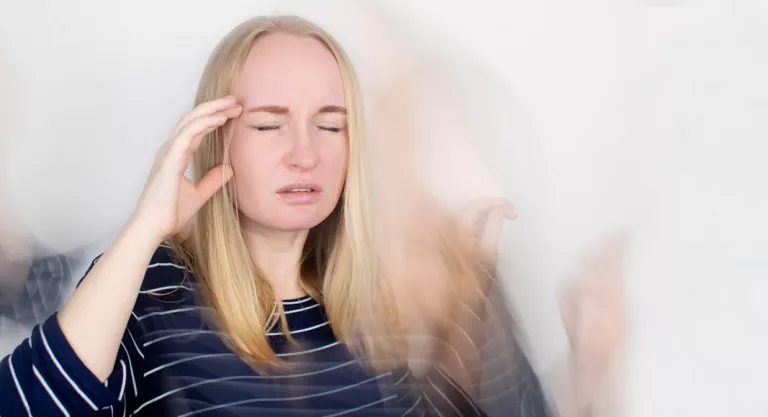
Dr. Cristian Rizea, Specialist Physician in Clinical Neurophysiology at Hospital Universitario La Paz, in Madrid, points out, however, that “the most frequent cause of orthostatic hypotension is pharmacological. That is, patients with multiple pathologies who combine different antihypertensive drugs with antidepressants, or elderly men who take alpha-blocker drugs for the treatment of prostate hypertrophy. Consequently, when orthostatic hypotension is diagnosed on a tilt table, the origin is most likely to be pharmacological”.
This expert indicates that depending on the pathology that is causing the orthostatic hypotension, the symptoms may vary, but that the symptoms related to orthostasis may be:
“All these symptoms usually occur in standing position, less frequently in a sitting position, and disappear in recumbency,” he adds.
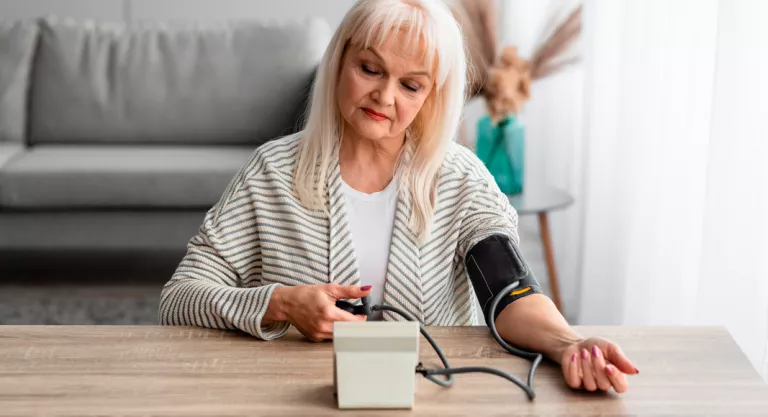
Factors that predispose to dizziness when getting up
There are also a number of risk factors that make a person more likely to have orthostatic hypotension, such as:
How orthostatic hypotension is treated and prevented
Orthostatic hypertension, even if it is not associated with a disease, can have unwanted consequences such as falls, so it should not be ignored if more than one episode is experienced in a short time. Dr. Cristian Rizea points out that “if a person suffers from orthostatic symptoms and orthostatic hypotension (OH) is diagnosed, the best thing to do is to consult with your primary care physician who will confirm the diagnosis and refer you to a specialized consultation to assess the etiological diagnosis, to find the cause of said HO, taking into account that it is usually related to a pathology of the functional (pharmacological) or structural autonomic nervous system (autonomic neuropathy or neurodegenerative disease of the multiple system atrophy (MSA) type).
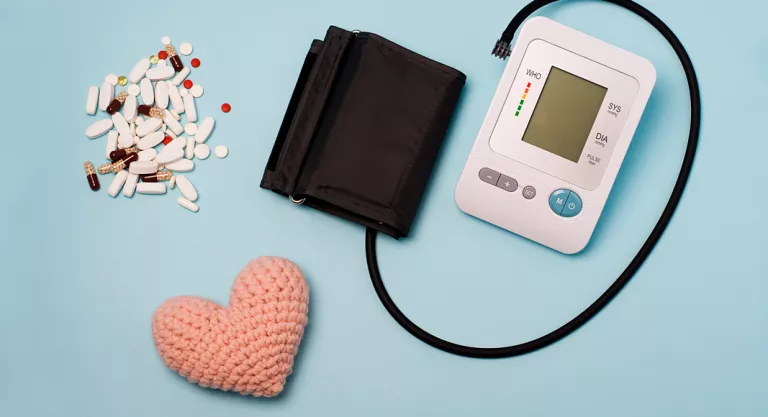
This specialist in Clinical Neurophysiology affirms that the treatment of orthostatic or postural hypotension “varies depending on its origin; therefore, it is an individualized treatment”. “If it is a pharmacological cause, steps should be taken to modify the treatment until a balance between the desired and adverse effects is achieved.”
If the cause of this type of sudden dizziness is related to having spent a long time in bed, rehabilitation and the following non-pharmacological measures are recommended:
How to avoid getting dizzy when you get up
In addition, to prevent arterial hypotension, we must avoid the risk factors that favor its appearance, keeping ourselves properly hydrated, without exposing ourselves to very hot environments, getting up slowly and deliberately and not drinking alcohol or very copious meals.
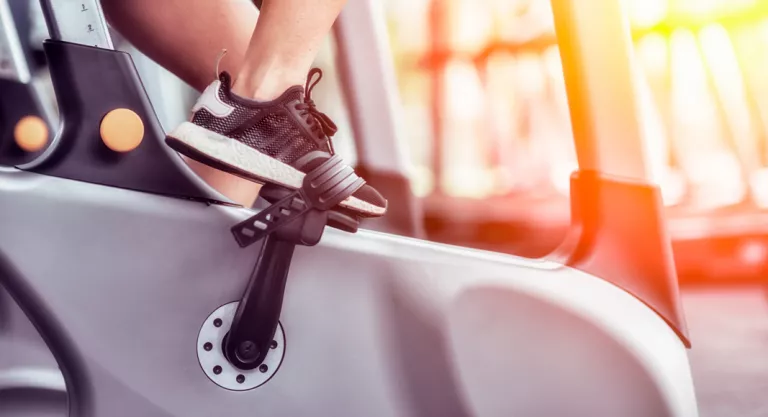
Recent research appearing in Heart Rhythm demonstrated two simple techniques to avoid these unpleasant dizzy spells when standing up suddenly. Thus, they found that both the pre-activation of the lower body muscles (thighs) through repeated knee raises before standing (PREACT) and the tension of the lower body muscles (thighs and buttocks) through through the crossing of legs and the tension immediately after standing up (TENSE) effectively improve the drop in blood pressure. This led to a reduction in symptoms when standing up. They found that the PREACT maneuver accomplished this by increasing cardiac output, while the TENSE maneuver accomplished this by increasing stroke volume.
.

